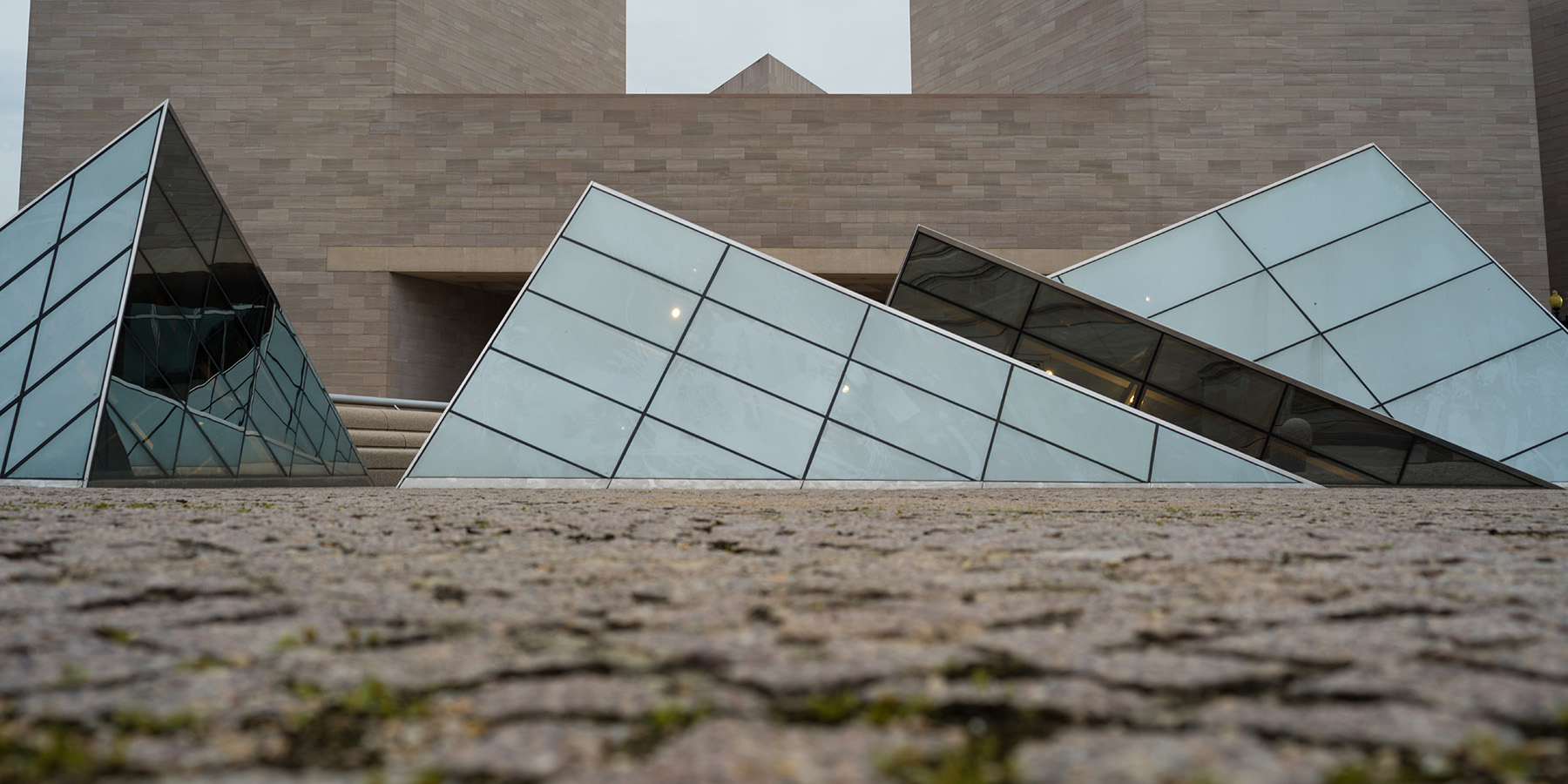Amaya Charley
Surrealists Responding to Science
The first half of the 20th century saw two global conflicts, the sizes and repercussions of which were unprecedented. World Wars I and II were of a previously unknown scale in terms of human loss and physical destruction, yet simultaneously led to significant developments in science and technology. The surrealists often used scientific advancements as inspiration for the works they produced in order to process and depict the chaotic world around them.
For my tour, I focused on works that could be linked to scientific advancements made in the early 20th century. Alberto Giacometti’s No More Play (1931–1932), for example, was connected to archaeology; I researched specific inspirations such as a 12th-century Elamite sculpture Giacometti viewed at the Louvre. I related Yves Tanguy’s The Look of Amber (1929) to psychology and highlighted his and the other surrealists’ interest in Sigmund Freud’s use of free association and automatic drawing. I also associated Matta’s Genesis (1942) with physics, specifically Albert Einstein’s theory of relativity and P. D. Ouspensky’s theory of the fourth dimension.
Civil Engineering major and Spanish minor, Howard University
Howard University Undergraduate Intern, 2022–2024

Amaya Charley presents her research in progress, April 2023. Photo: Elise Ferone
